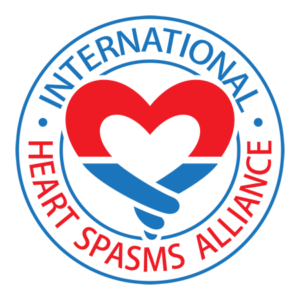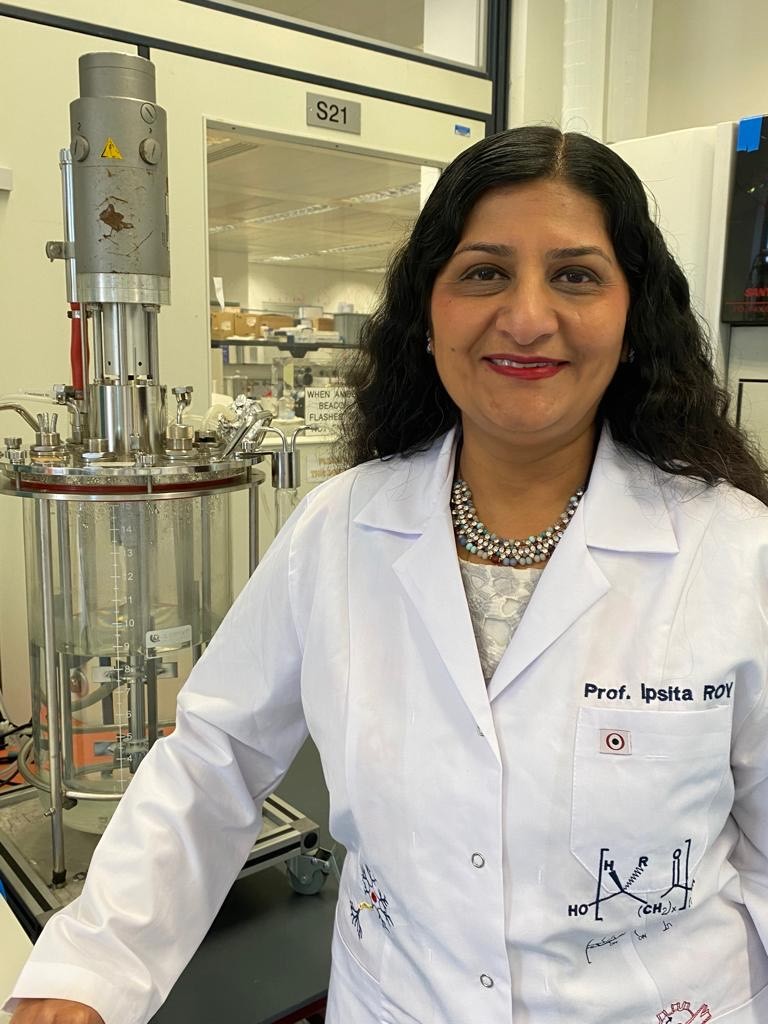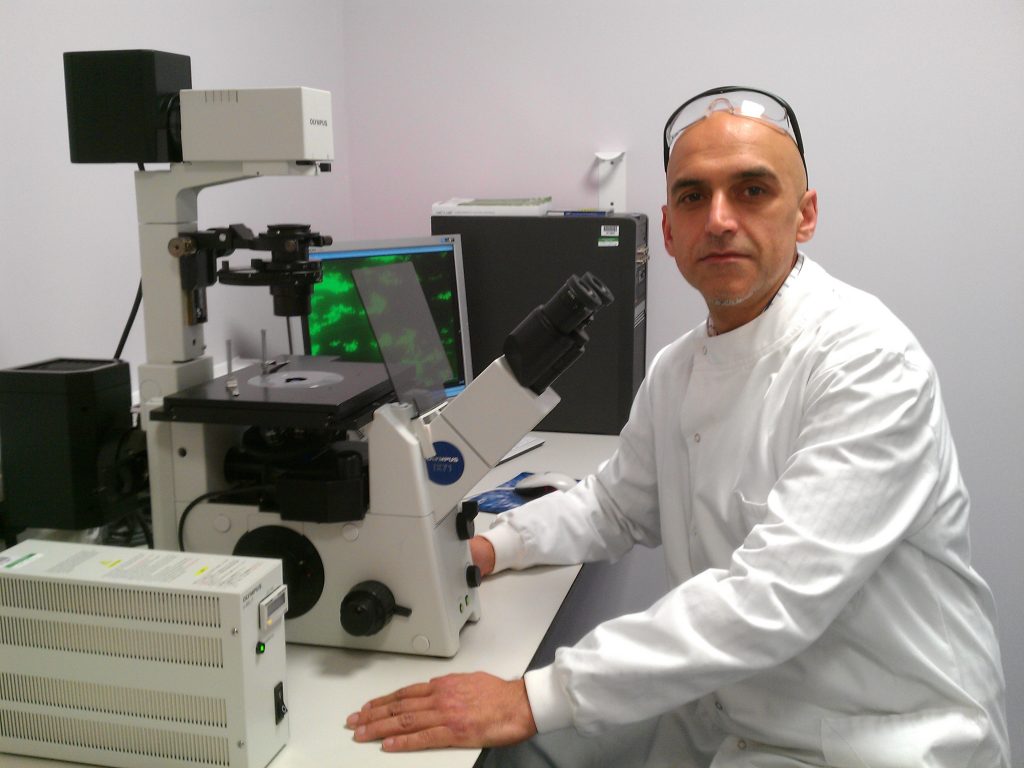Non-obstructive coronary artery disease
In most cases, angina is caused by obstructive coronary artery disease, where a build-up of fatty plaque restricts blood flow in the coronary arteries. This means that the heart muscle receives less oxygen-rich blood, resulting in chest pain. However, some people experience angina which is not caused by blockages of the coronary arteries.
Coronary vasospasms
This is when the coronary arteries temporarily constrict during a spasm, reducing the blood supply to the heart muscle. The spasms are transient, coming and going, sometimes lasting for a few minutes or for much longer. These coronary vasospasms may be unprovoked, occurring at rest rather than being brought on by exercise. Coronary vasospasms usually affect the larger blood vessels of the heart.
Microvascular dysfunction
Microvascular dysfunction is when the small blood vessels of the heart do not work properly. These blood vessels are important as they supply most of the blood to the heart muscle. In microvascular dysfunction, the small vessels fail to dilate, stay relaxed or constrict in temporary spasms.
Coronary vasospasms and microvascular dysfunction are types of non-obstructive coronary artery disease (NOCAD) and in some cases may cause a heart attack, called myocardial infarction with non-obstructive coronary arteries or MINOCA.
It is thought that NOCAD may disproportionately affect women. Our HER Disease campaign aims to raise awareness of how heart disease is not just a man’s disease.
The International Heart Spasms Alliance (IHSA) supports those affected by coronary vasospasms and microvascular dysfunction, and helps to raise awareness and promote further research into these heart conditions.








